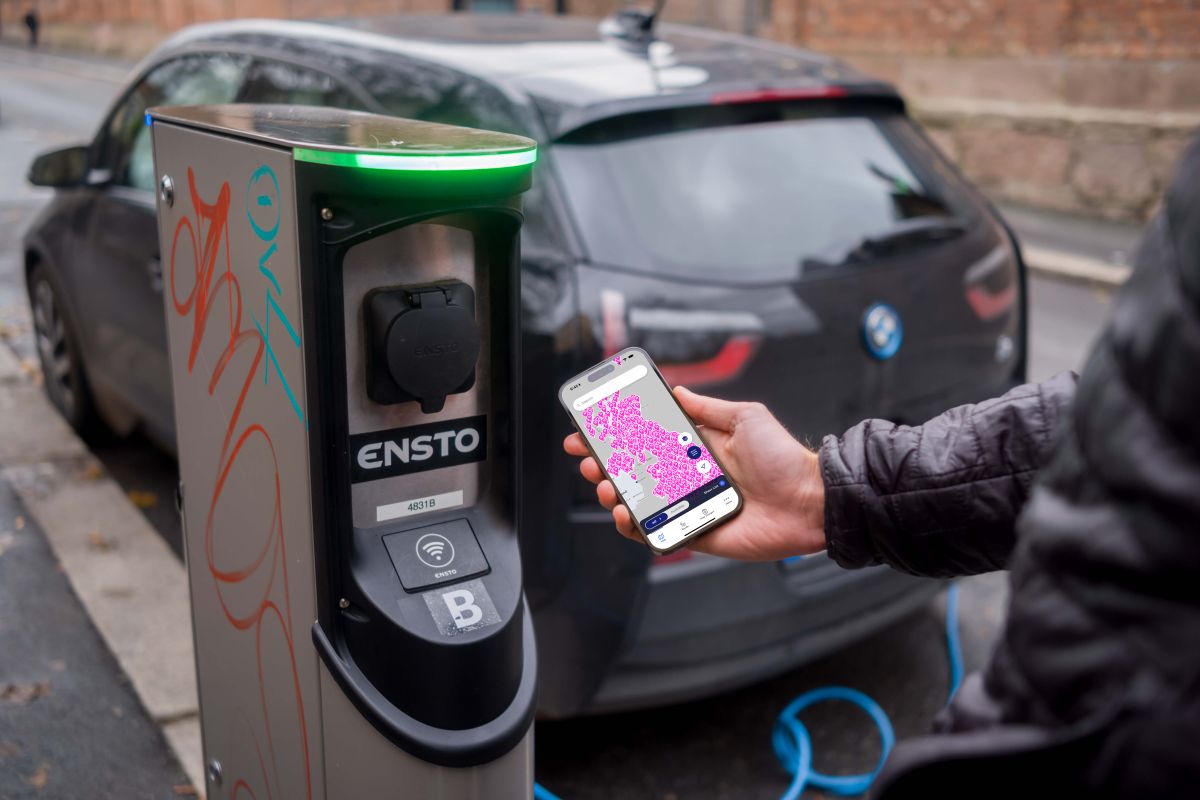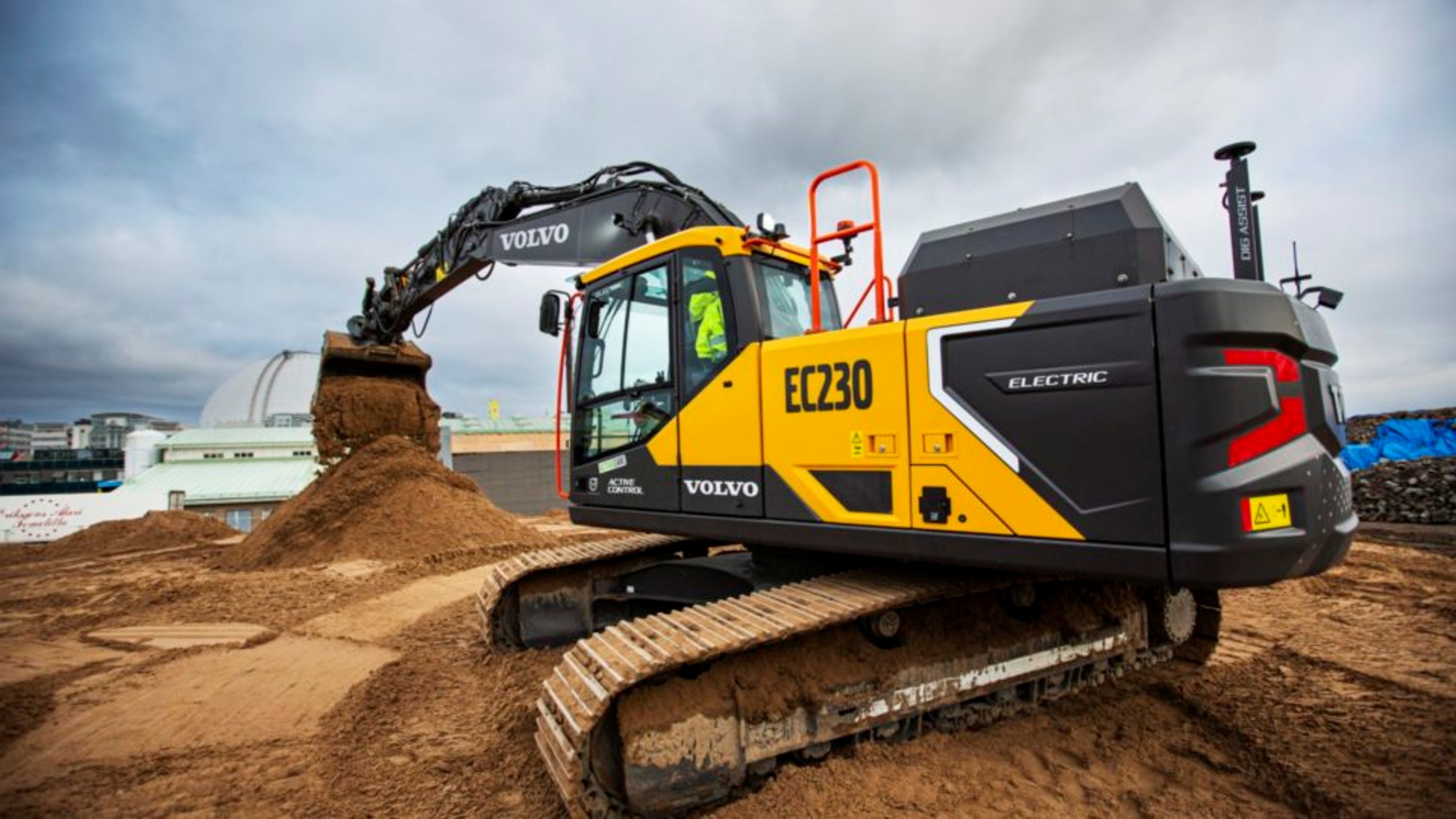TL;DR
We’ve built too many chargers.
Until demand rises to meet supply, we’re stuck with underused assets bleeding red. It’s time to get smarter with infrastructure,not just bigger.
Unpopular Opinions #2: We’ve Built Too Many Chargers
This might sound mad to the average EV evangelist, but stick with me; this is going to feel a bit like GCSE economics… and that’s preciselythe point.
The Unpopular Opinion; We’ve built too many chargers.
Yes, really. Too many. Not enough demand. Not enoughelectrons flowing. Not enough ROI.
The Supply and Demand Lesson We Forgot
Let’s dust off that dusty economics textbook and talk supplyand demand. The cold, hard truth is:
If a charge point isn’t being used enough, it’s making aloss.
Here’s the breakdown:
- Supply = a growing number of charge points (especially public ones)
- Demand = the number of EVs needing to use them
- Problem = demand hasn’t caught up with supply in many locations
To break even, each charger needs:
- A minimum number of sessions
- A minimum kWh/day per bay
- A minimum price on each kWh to break even
- Enough throughput to cover:
- High capital costs (civil works, substations, hardware, grid upgrades)
- Depreciation over the asset’s life
- Ongoing marginal costs: energy, maintenance, software, service
If usage stays low, each one becomes a beautiful but lonelymoney sink. And trust me, we’ve got a fair few of those dotted around the UK.
The Loss Zone vs The Profit Point
If you graph this out (GCSE-style), it’s simple:
- Low utilisation? Loss zone.
- Hit the tipping point? Welcome to the profit zone.
- Anything above that? Return on investment, finally.
Until that moment, it’s red ink and dashed expectations. So the key is what is that minimum number of sessions per day.
So... Why Too Many Chargers?
Because we built in anticipation of demand, not in response to it. We assumed a greater growth curve of EV adoption, but localiseddemand patterns have been unpredictable. Result?
- Underutilised chargers
- Operators under water
- Investors getting twitchy
- Assets that are not performing to their max
What Does This Mean for the UK?
It means we need to:
- Target infrastructure more precisely (rural vs urban, fleet vs public)
- Focus on charger performance, not charger count
- Measure success in kWh/day, not number of plugs
At Paua, we’re focused on usage, utilisation, andROI. That’s why our tools help businesses track, analyse, and improvecharger performance not just slap in new ones and hope for the best.
The Real Unpopularity?
No one wants to admit we got a bit trigger-happy withinstallation. But until utilisation catches up with deployment, we’re going tobe stuck in the economic equivalent of a charging cul-de-sac.






